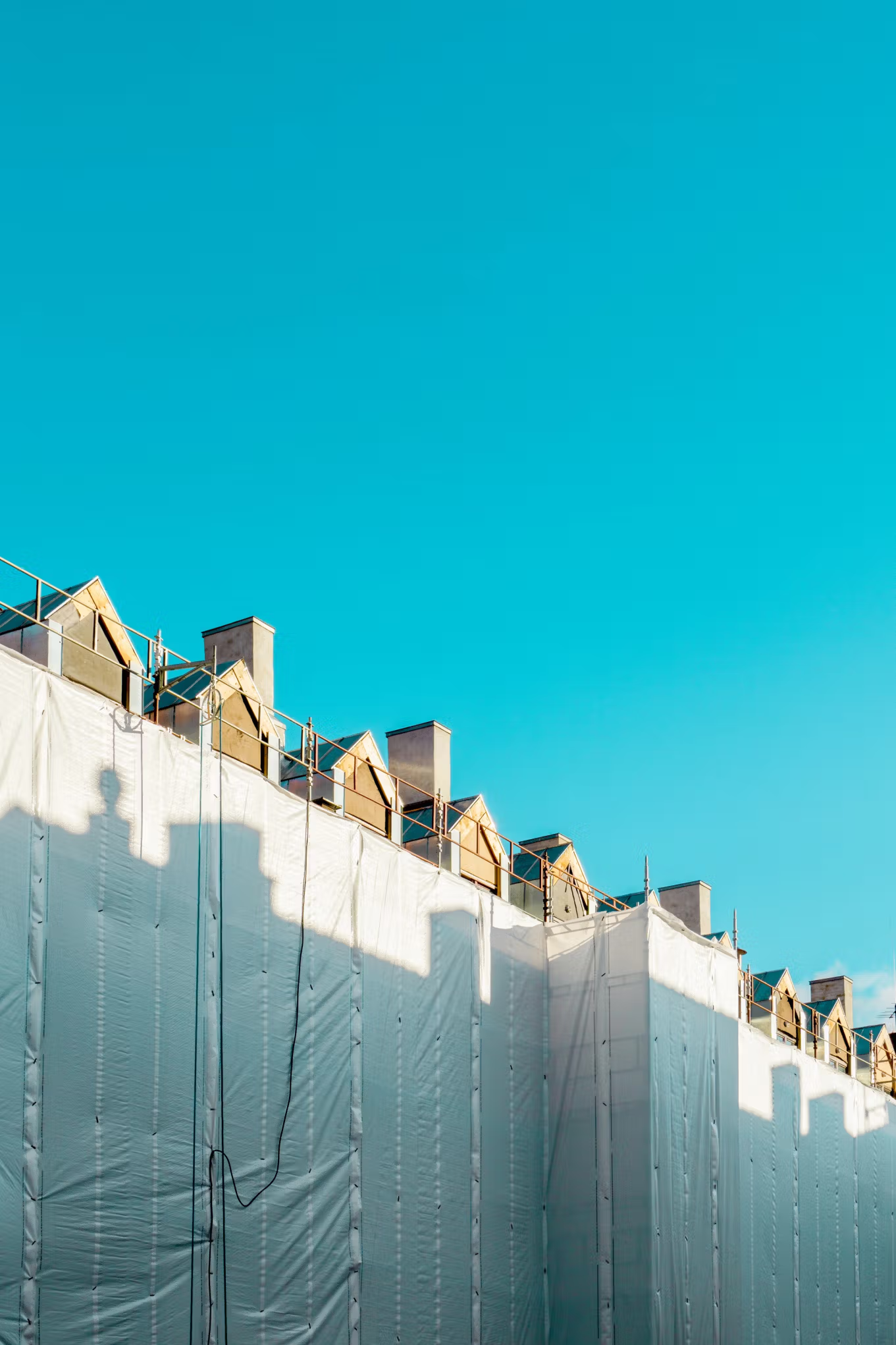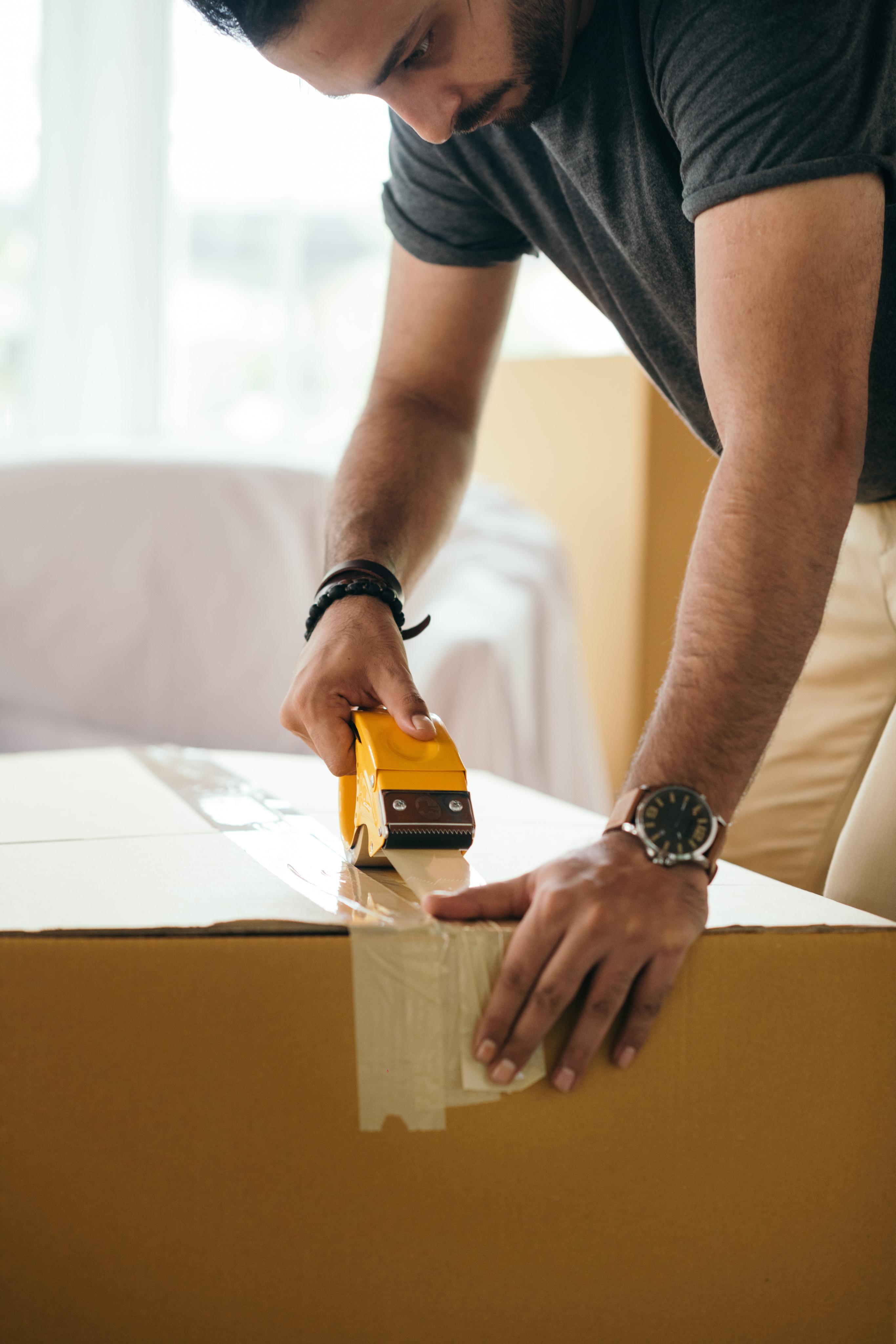
Pest and vermin
In some cases pest and vermin can infest the property. This can be rats or bed bugs.

Temaer i denne artikkelen
Damage that occurs during the tenancy
Extraordinary termination
Termination
Mould is one of the most common property damages. It is often multiple causes for mould to occur. Often the mould is due to a combination of circumstances with the property, the tenant's use and the local weather and climate.
The landlord has the initial responsibility for it not being mould on the property. The property must have adequate ventilation and sources of heat. In some buildings there will be need for a dehumidifier.
Mould can however occur due to improper use of the property. It can for example not be adequately aired out, or the furniture could be placed too close to outer walls. This can, as mentioned, often be a combination of several circumstances that leads to the mould occurring.
If it occurs problems with mould on the property, it is important to let the landlord know as soon as possible. Mould can lead to significant damages if it is not handled correctly.
The information is gathered from hussoppen.no. Read more about how to handle mould in Norwegian there.
The lack of written evidence can cause challenges if the parties disagree. There are a lot of good companies that can inspect if there is mould in a building, what the causes are and how serious the problem is.

In some cases pest and vermin can infest the property. This can be rats or bed bugs.

Ordinary termination by giving your notice is the common way for a landlord to end a tenancy agreement during tenancy.

The landlord and tenant's rights and obligations also apply during the notice period. This means that the tenant as a main rule must continue to pay rent, while...